
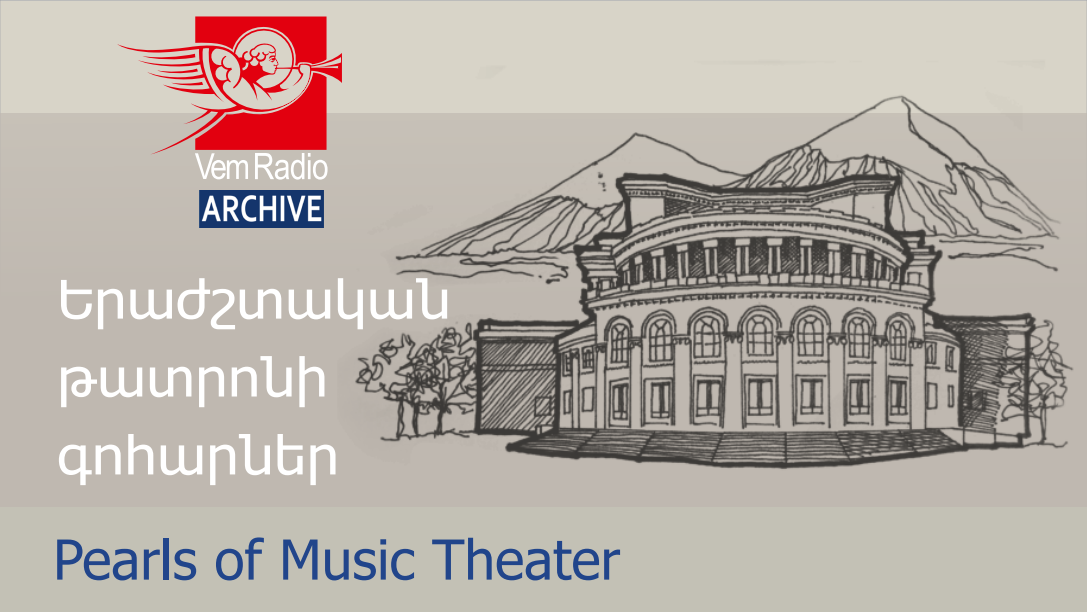
Pearls of Music Theater
The program broadcasts the best performances of famous operas, ballets, musicals, and operettas, presenting their plots and the history of their creation. Before each act, the corresponding part of libretto is read, which makes the listening experience more vivid and comprehensible.
- Author of the program: Inessa Khachatryan


Francesco Cilea, Adriana Lecouvreur
In April 1849, the five-act drama by Eugène Scribe and Ernest Legouvé "Adrienne Lecouvreur" was staged with triumphant success in Paris. Based on this play, Arturo Colautti wrote a libretto for the opera of the same name.
The heroine of the opera is a historical character, an actress of the French Comedy Teather, Adriana Lecouvreur, famous for her roles in Racine's tragedies.
The opera was premiered at Milan's Teatro Lirico on November 6, 1902.

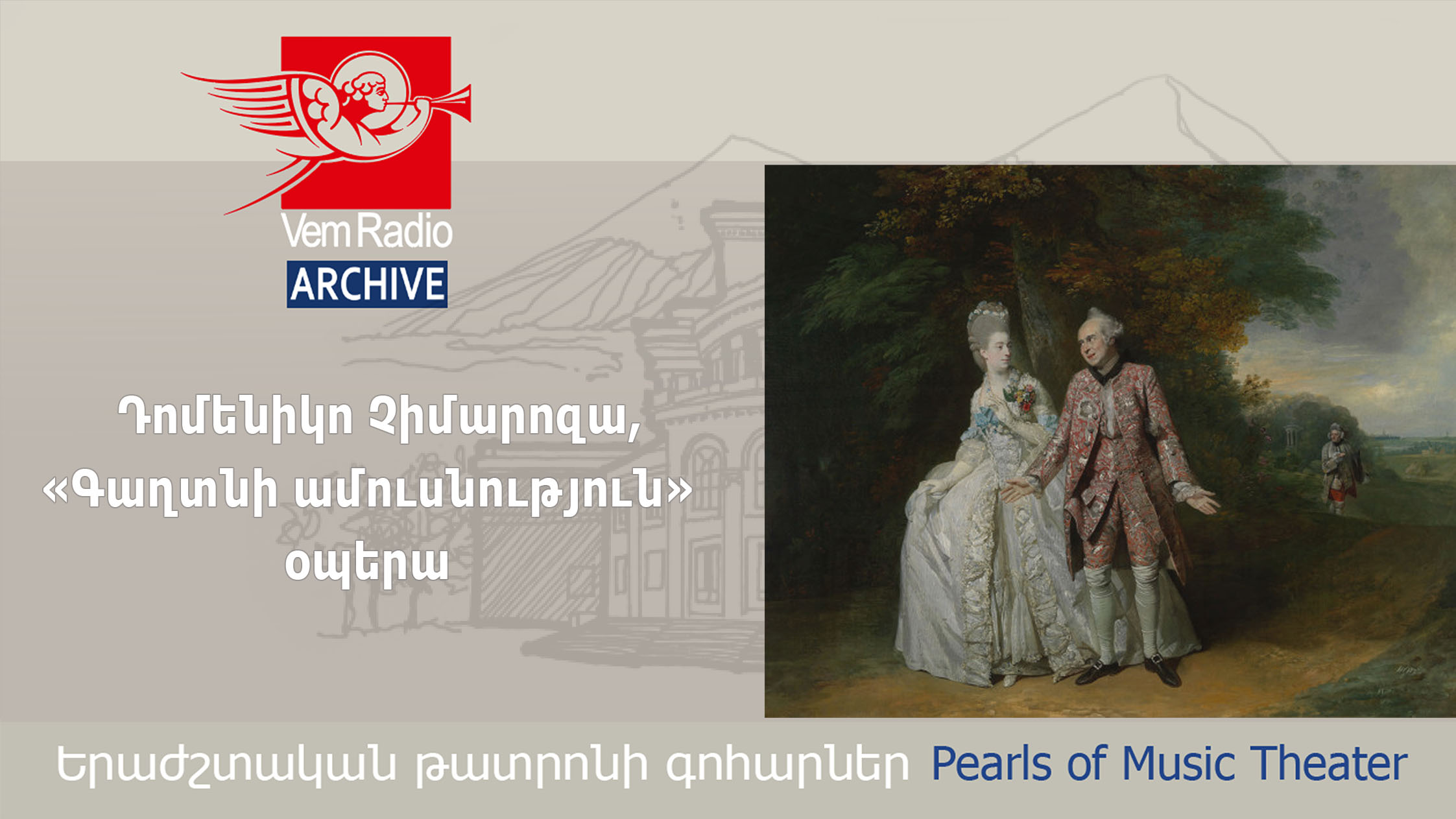
Domenico Cimarosa, The Secret Marriage
The plot of the “Secret Marriage” is borrowed from two plays. One of them, "The Clandestine Marriage," belongs to two famous English authors: George Colman the Elder and David Garrick. The other play is "Sophie, or Hidden Marriage" by French actress and novelist Marie-Jeanne Riccoboni. The libretto was written by Giovanni Bertati.
The premiere of the opera took place on February 7, 1792, in the Vienna Burgtheater and was an exceptional success. Emperor Leopold II liked it so much that he demanded its immediate repetition. After a dinner, the singers repeated the performance specially for the Emperor and courtiers.

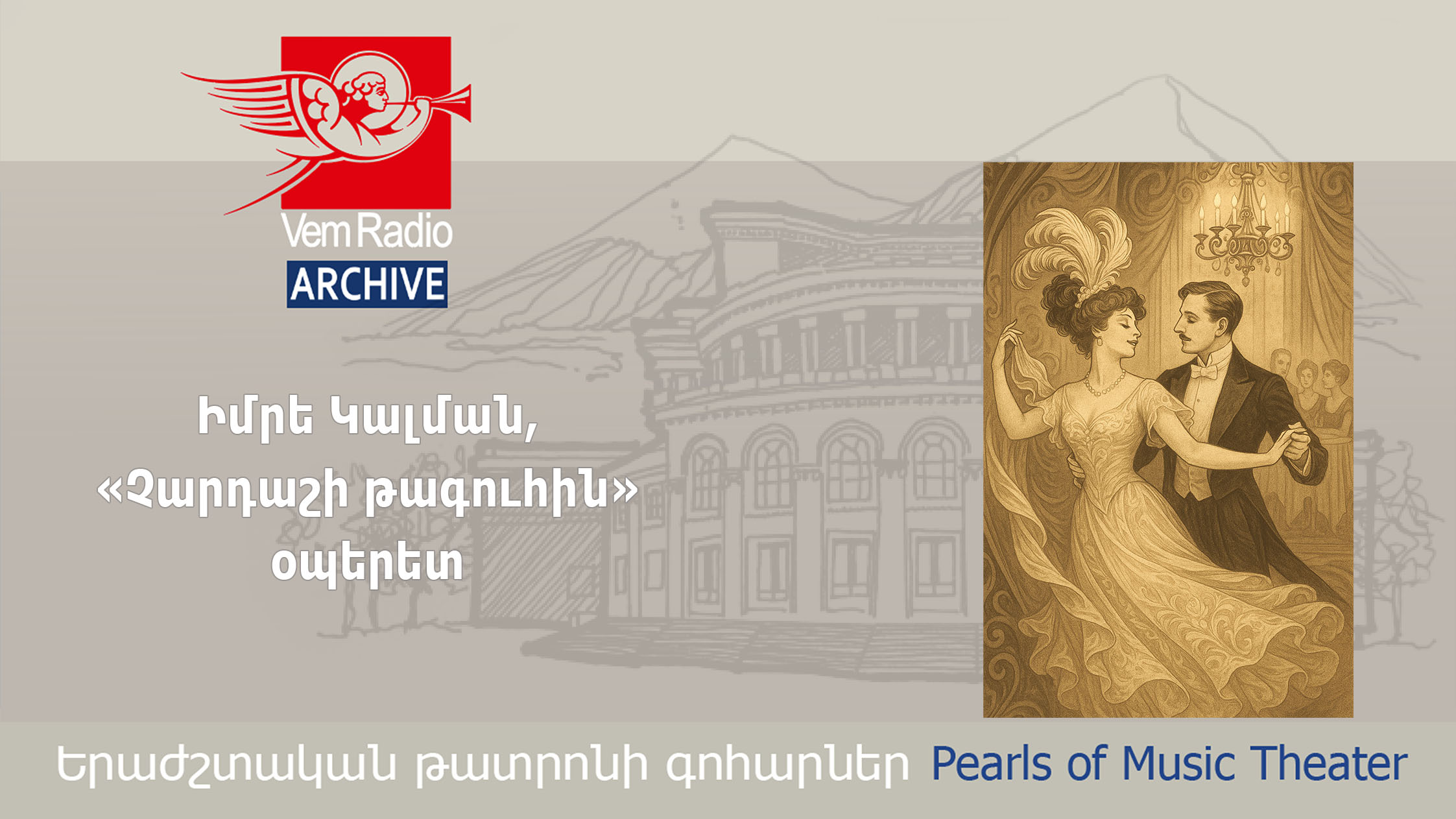
Imre Kalman, Die Csárdásfürstin (The Csárdás Princess)
The libretto of this operetta was written by the Austrian playwright Leo Stein and librettist Bela Jenbach. Kalman conceived the idea of creating an operetta dedicated to the variety star Sylva Varescu in the beginning of 1914. The German libretto was called "Long live love."
The operetta was completed by November 1915, and its premiere took place on November 17 at the Johann Strauss Theater in Vienna.
The first staging of the operetta in Russia was in the midst of the World War I (1916), so both the title of the operetta and many of the names of the characters were changed. Since then, the Soviet and Russian audience have known this operetta as "Silva."

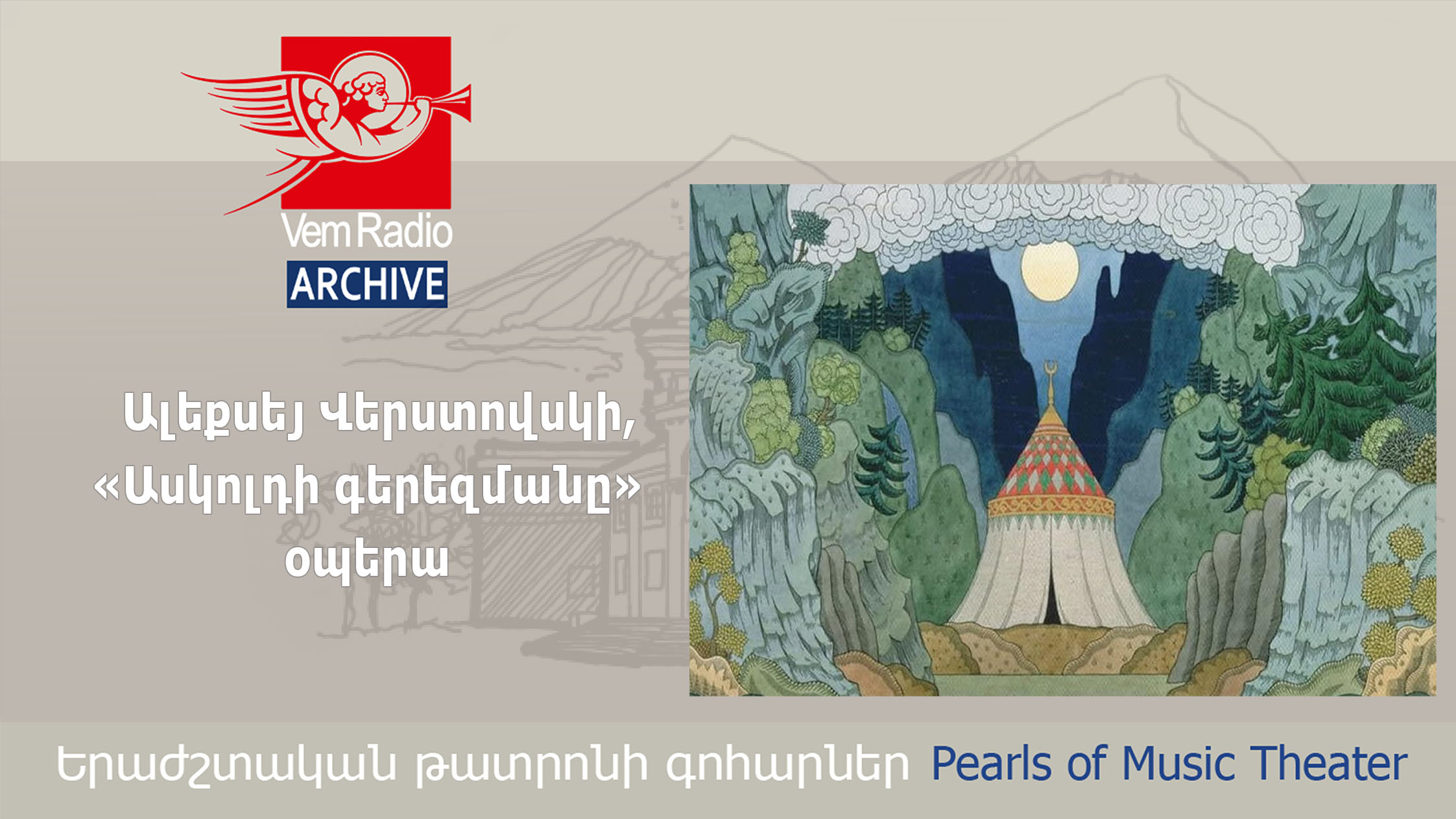
Alexey Verstovsky, Askold's Grave
The author of the libretto of this opera is well-known Russian writer and playwright Mikhail Zagoskin. His novel "Askold's Grave" that was published in 1833 received appreciation by neither critics nor readers. However, two years later, in 1825, Alexey Verstovsky decided to write an opera based on this novel.
The opera was premiered on September 15, 1836. The audience highly appreciated it. The opera was presented in Moscow Bolshoy Theater over 400 times in 25 years, and until 1887, it was in the permanent repertoire of the Theater.

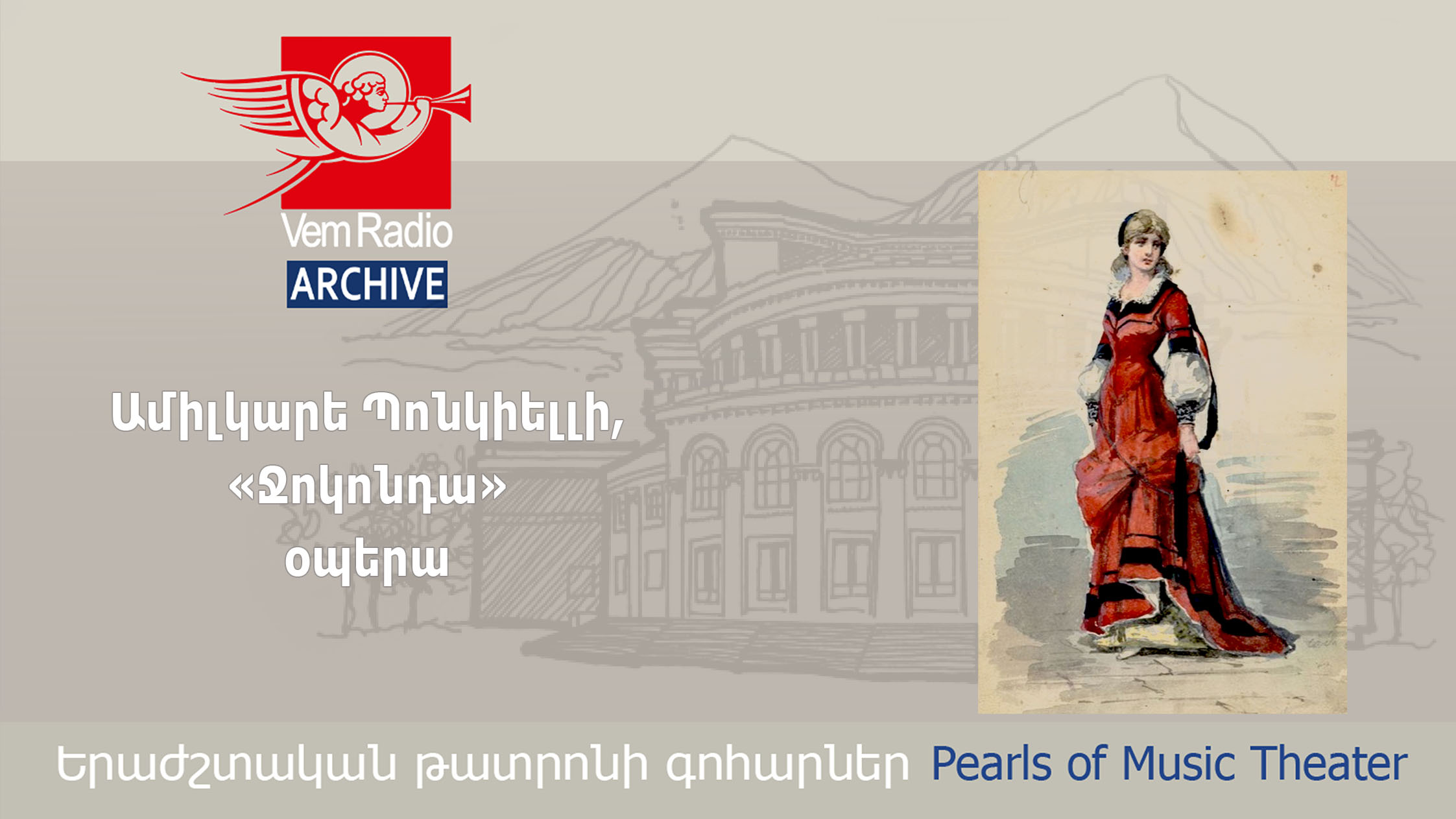
Amilcare Ponchielli, La Gioconda
The author of the libretto of the Italian composer Amilcare Ponchielli’s opera “La Gioconda” is the well-known Italian composer and poet Arrigo Boito who wrote it under the pseudonym Tobia Gorrio. The plot is based on the drama "Angelo, Tyrant of Padua" by Victor Hugo. "La Gioconda" was premiered on April 8, 1876, in La Scala, Milan.

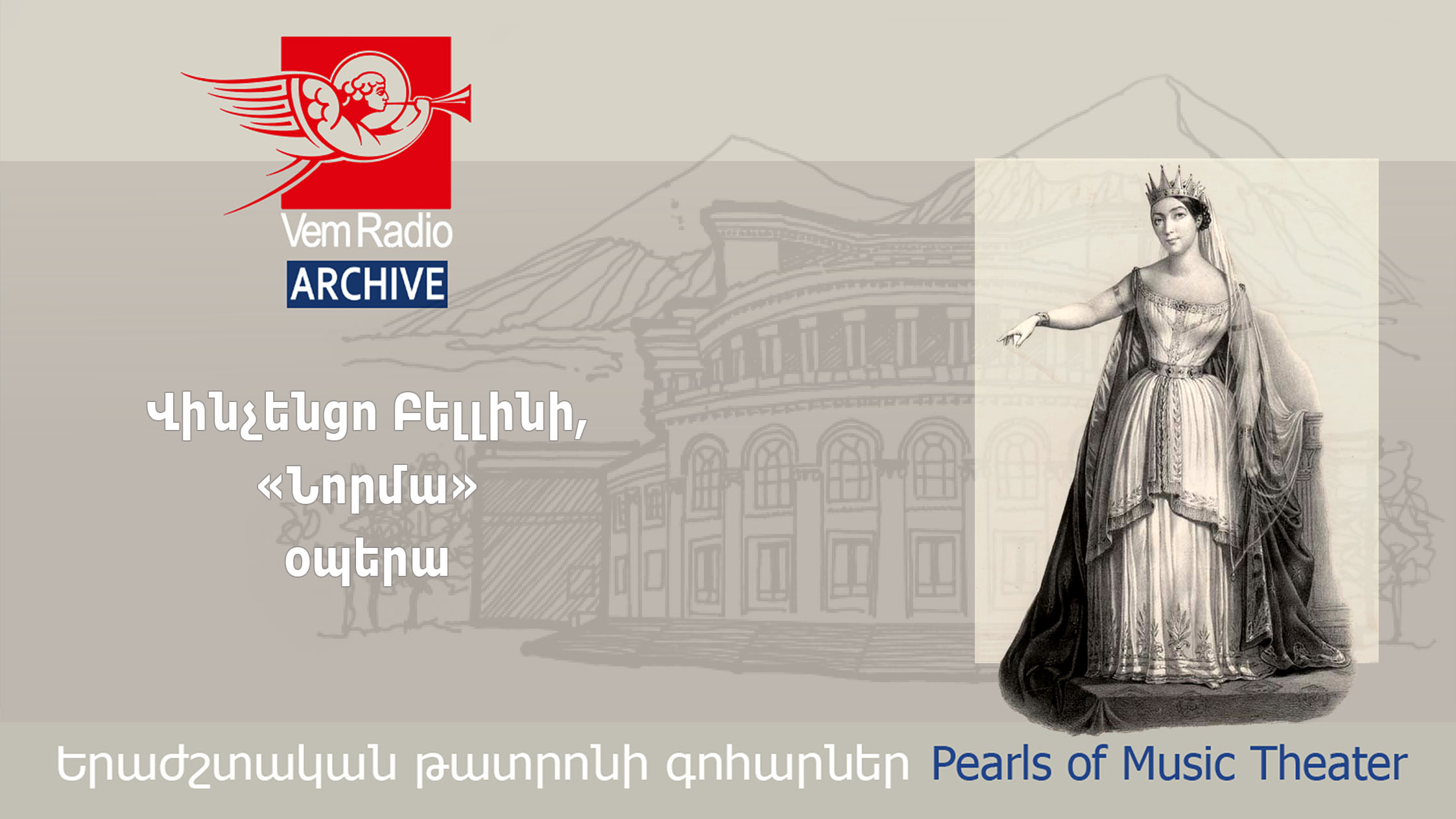
Vincenzo Bellini, Norma
The Italian libretto was written by Felice Romani on the basis of the tragedy "Norma, or the Infanticide" by French dramatist Louis Alexandre Soumet.
Bellini completed the music for the opera 20 days before the premiere. At the request of the composer, the rehearsals also continued in the morning on the day before the premiere. Because of this, all the soloists were very tired, and as a result, the premiere that took place on December 26, 1831, failed. Bellini called this performance a "real fiasco." But on the next day, December 27, the audience appreciated the opera, applauding even during those scenes that had been especially poor on the previous evening. From that day on, Bellini’s "Norma" began its triumphal procession in the world's opera houses.

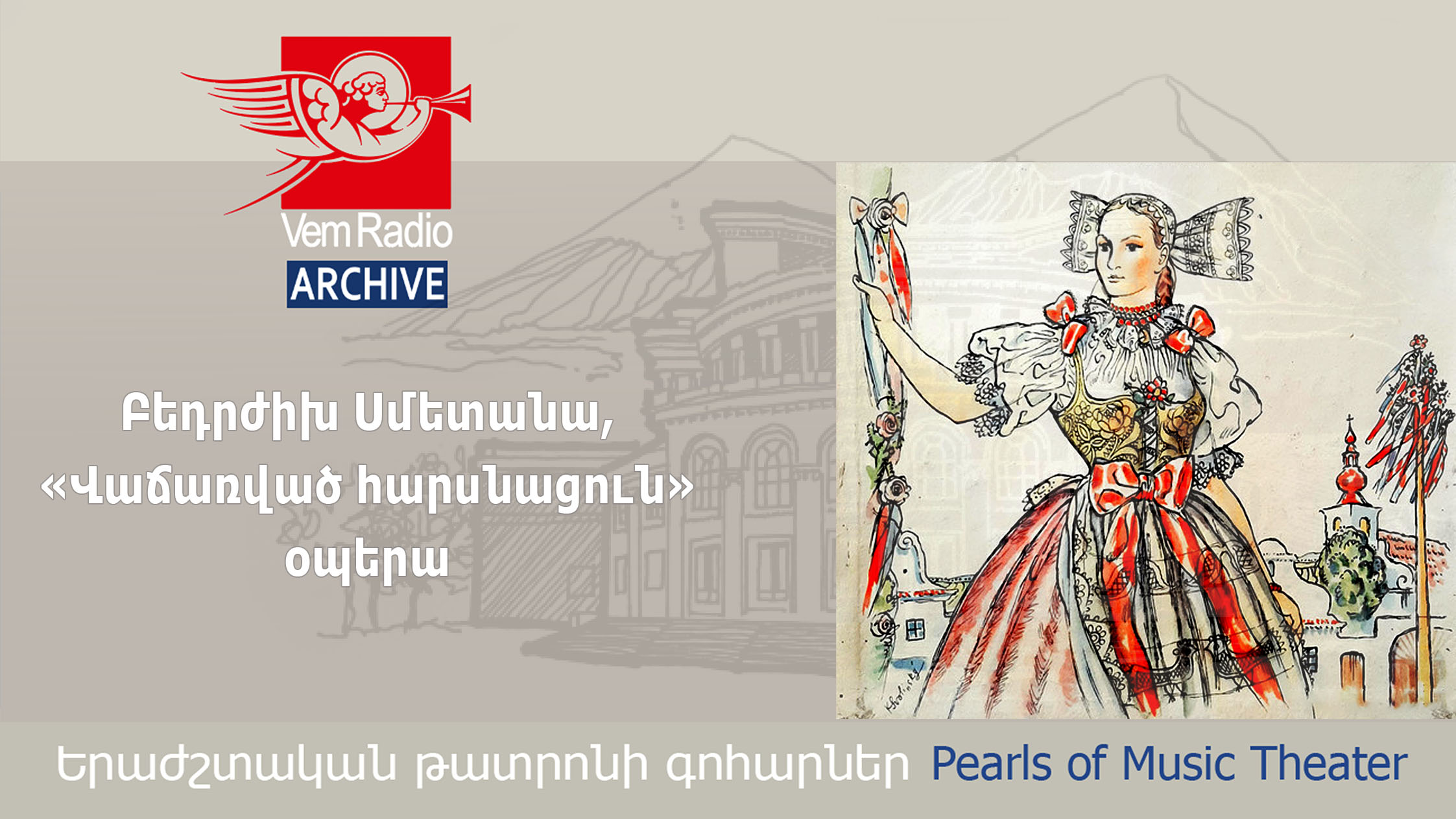
Bedřich Smetana, The Bartered Bride
Czech composer Smetana began to write this satirical Opera in 1863. The author of the libretto was the famous Czech writer Karel Sabina. The initial version of the libretto written only for a single act did not satisfy the composer. At his request, the libretto was expanded to two acts. Smetana finished the music for this version in 1866. On May 30 of the same year, the Opera was premiered at the Provisional Theater in Prague. In 1870, Smetana changed the Opera to be presented in St. Petersburg. He partially modified the text of the Opera and created several new musical episodes. This new version consisted of three acts and continues to be presented to the audience in this form.

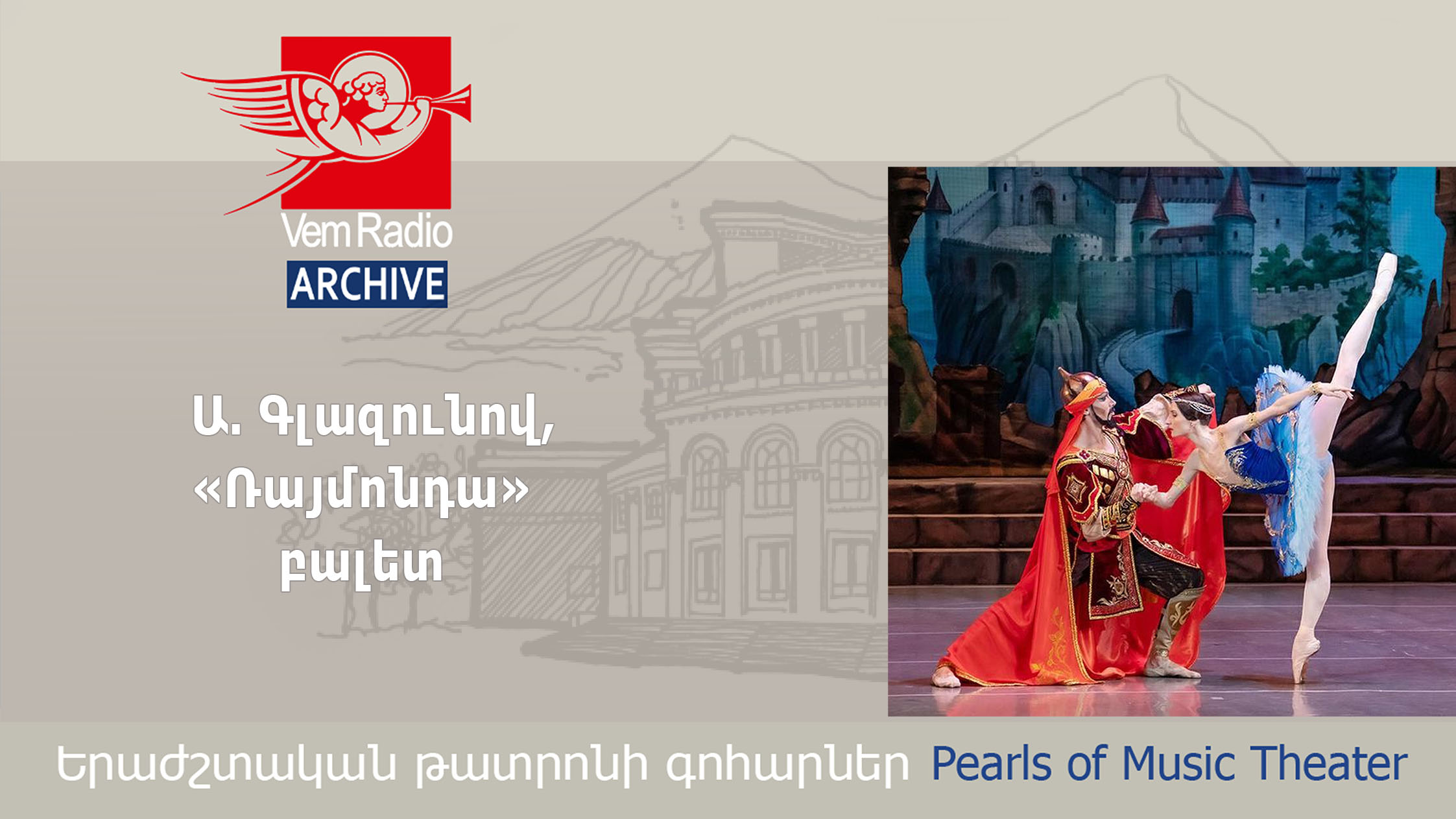
Alexander Glazunov, Raymonda
In 1896, the Director of the Imperial Theaters of St. Petersburg Ivan Vsevolozhsky commissioned Glazunov to write music for the ballet Raymonda. The author of the idea of the playscript was Marius Petipa, a 19th-century leading choreographer, and the libretto was written by Russian writer Lidiya Pashkova. The premiere of the ballet took place on January 7, 1898, at the Mariinsky Theater in St. Petersburg.

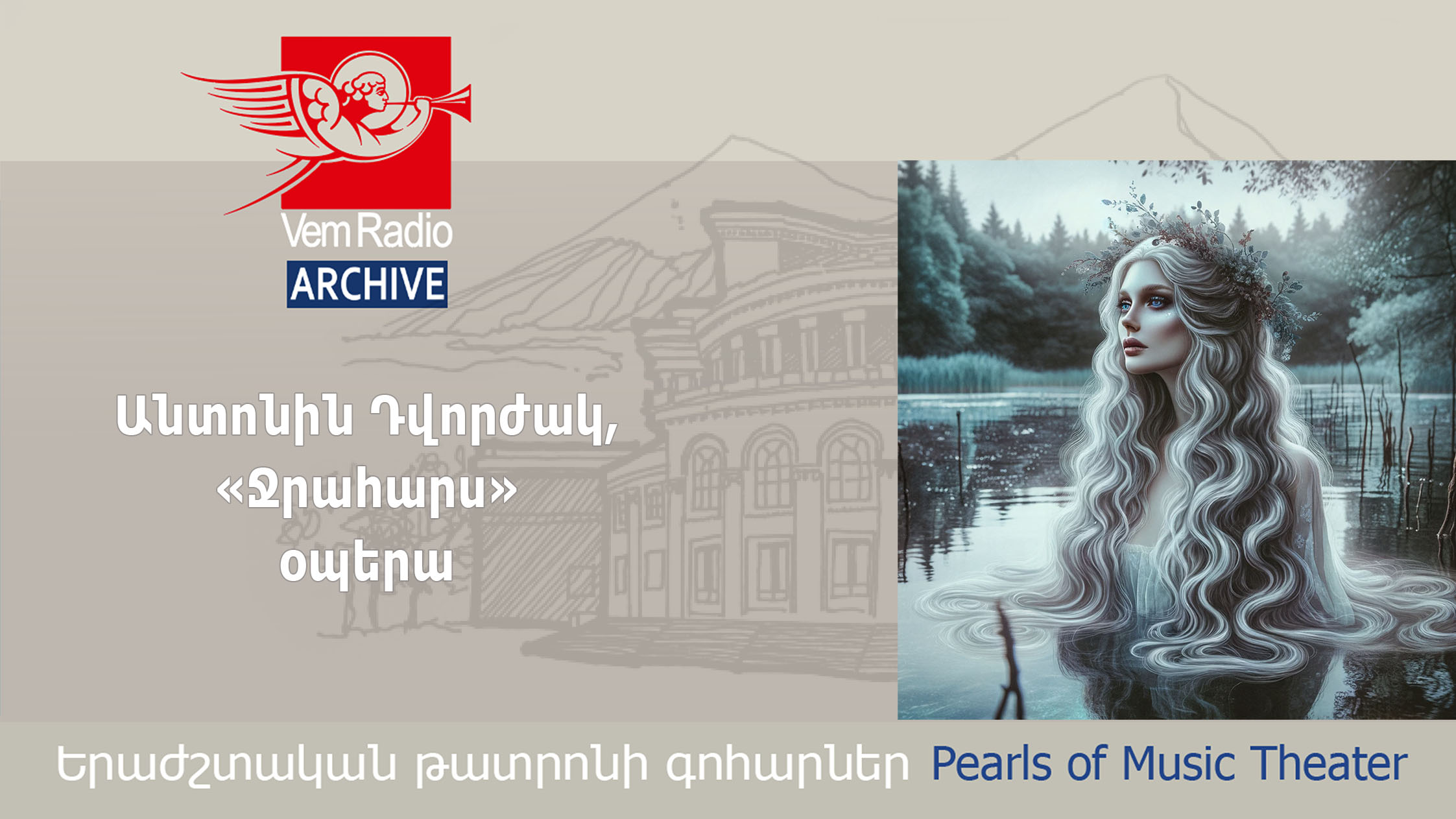
Antonín Leopold Dvořák, Opera Rusalka
The Czech poet, dramatist, and theater figure Jaroslav Kvapil created the libretto of “Rusalka” on the basis of fairy tales by Karel Jaromír Erben and Božena Němcová. This story of all-conquering love immediately attracted the attention of the Czech composer Dvořák, and already on 31 March 1901, the Opera “Rusalka” was presented to the audience.

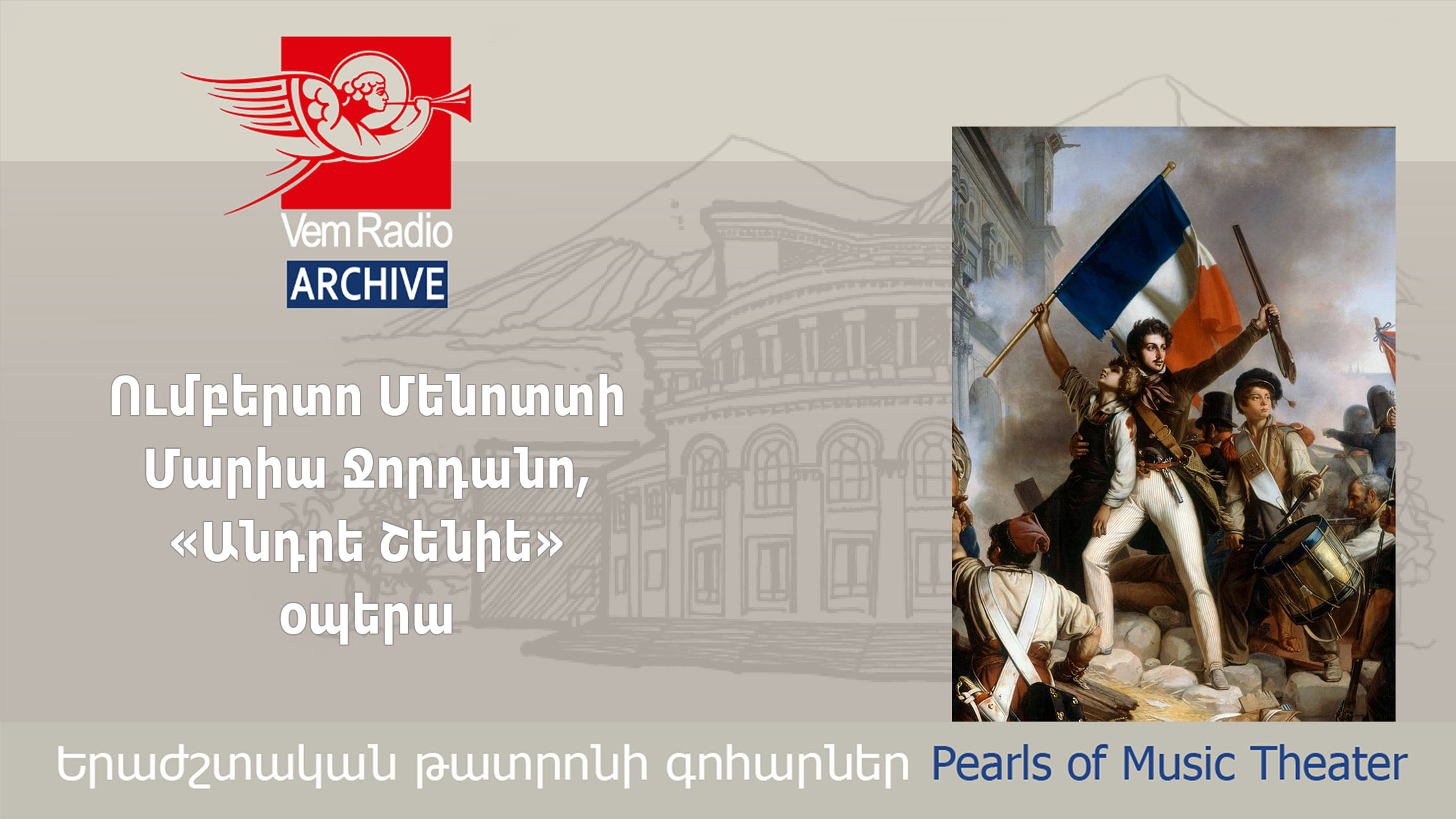
Umberto Menotti Maria Giordano, Andrea Chénier
The author of the libretto is Luigi Illica. The Opera was premiered on March 28, 1896. The main character of the Opera is the famous French poet Andrea Chénier. At first, he welcomed the Great French Revolution, but later rejected the Jacobin dictatorship and terror, defended the king, and criticized the main leader of the Jacobins Maximilien Robespierre. Because of persecution, the poet tried to flee from Paris two times but was arrested. During the 140 days that he spent in prison, Andrea Chénier wrote his best poems, which inspired Luigi Illica in writing the libretto. On July 25, 1794, Chénier was accused of conspiring against the state and was executed on the same day.

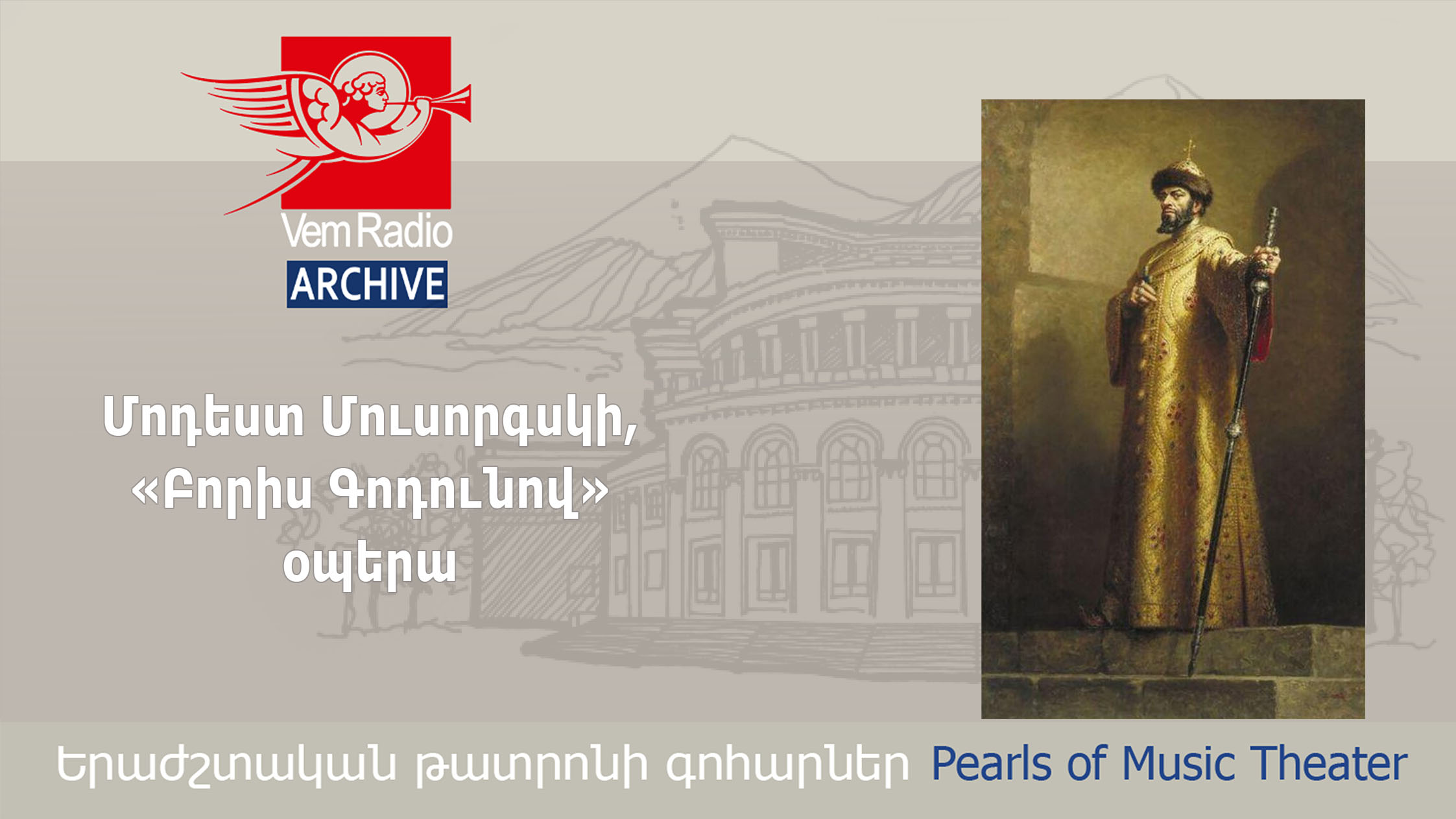
Modest Mussorgsky, Boris Godunov
The libretto is based on the tragedy “Boris Godunov” by Alexander Pushkin, but the composer also used a number of historiographical articles and “The History of the Russian State” by Nikolay Karamzin. Mussorgsky completed the first edition of the opera in 1869 and the second, in 1872. The premiere of the opera took place on January 27, 1874, at the Mariinsky Theater in St. Petersburg.

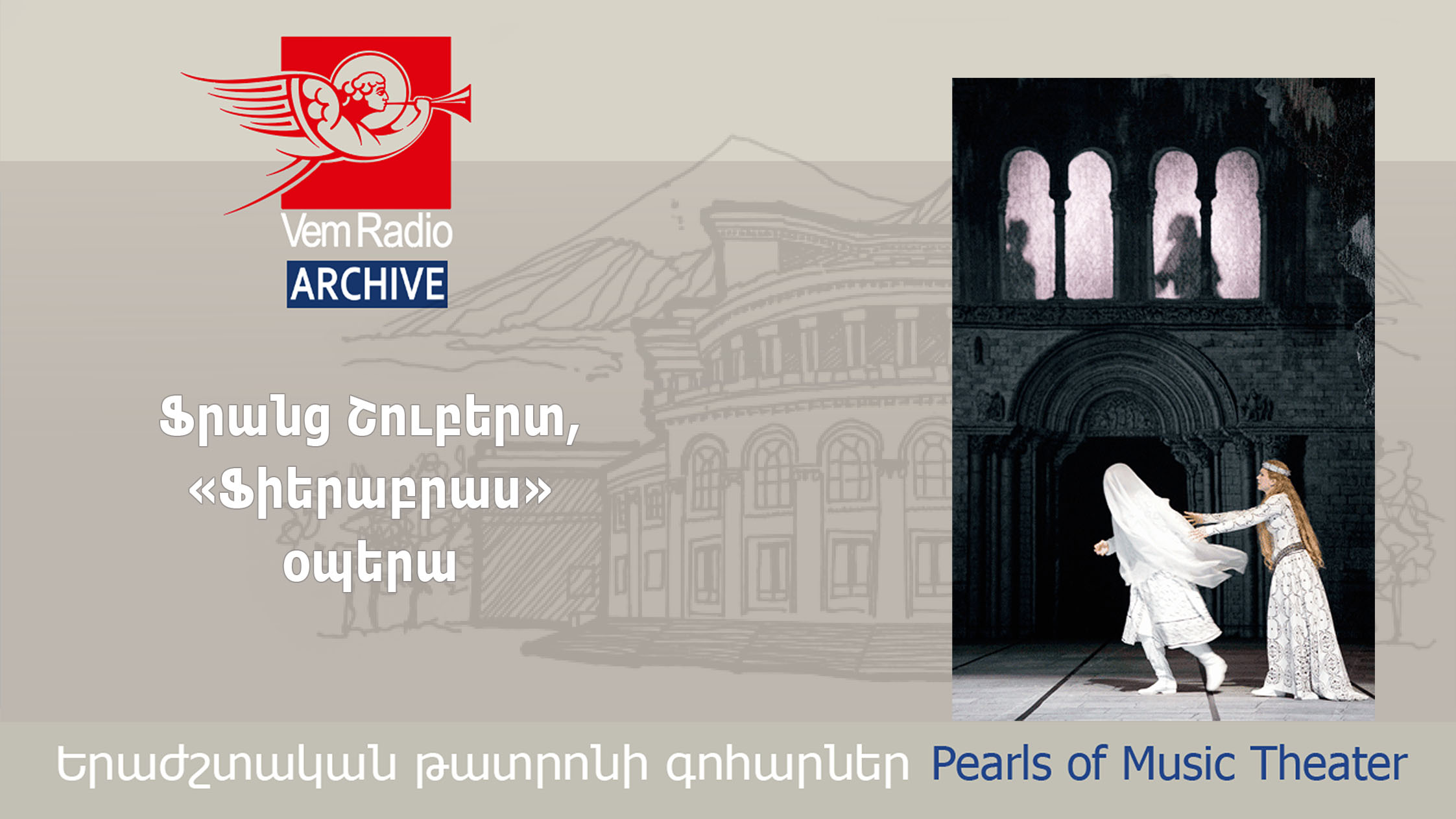
Franz Peter Schubert, Fierrabras
In 1822, the management of the Vienna Royal Opera House commissioned Franz Schubert to write an opera. Schubert chose a libretto by Joseph Kupelwieser that was based on sayings about Charlemagne, the king of the Franks, and the Moorish knight Fierrabras. But the management of the theater abandoned its decision to stage this opera by Schubert.
The composer never saw this opera staged; he wasn't even paid for his work. Seven years after his death, on May 7, 1835, the opera was presented at Vienna's Theater in der Josefstadt in a shortened concert version. In 1897, Austrian conductor and composer Felix Mottl staged his version of the opera at the Baden State Theater; he had added ballet parts from other works of Schubert and had also used some parts from works by other composers. The Mottl version was performed for a long time in opera houses. The authentic and full version of the opera was first presented at the Vienna State Opera in 1988 under the direction of conductor Claudio Abbado.

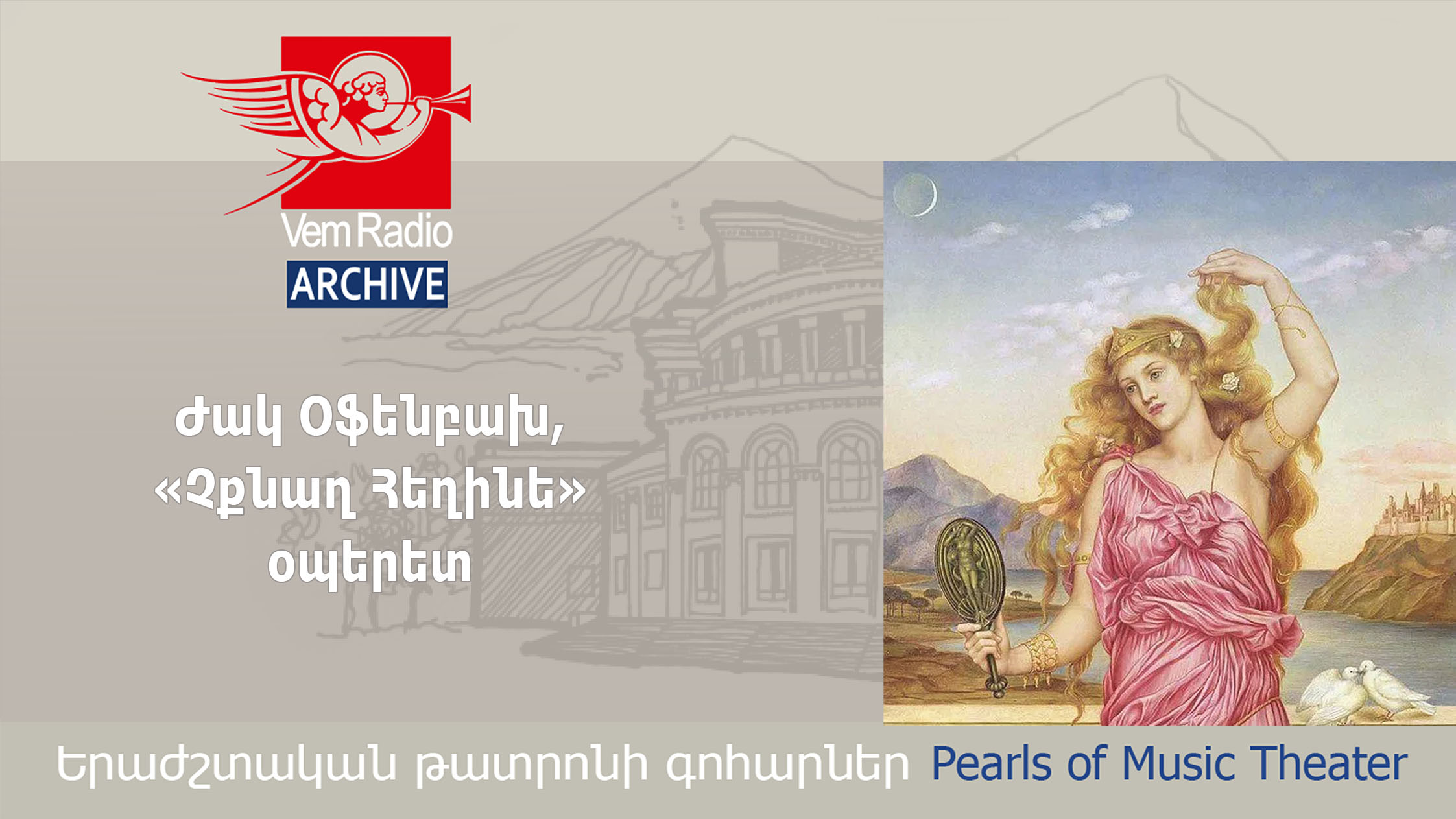
Jacques Offenbach, The Beautiful Helen
In early 1864, the French composer Jacques Offenbach was looking for a subject for his new operetta and chose the epic poem “Iliad” by ancient Greek poet Homer. Henri Meilhac and Ludovic Halévy wrote the libretto.
The operetta was premiered on December 17, 1864, in Paris.

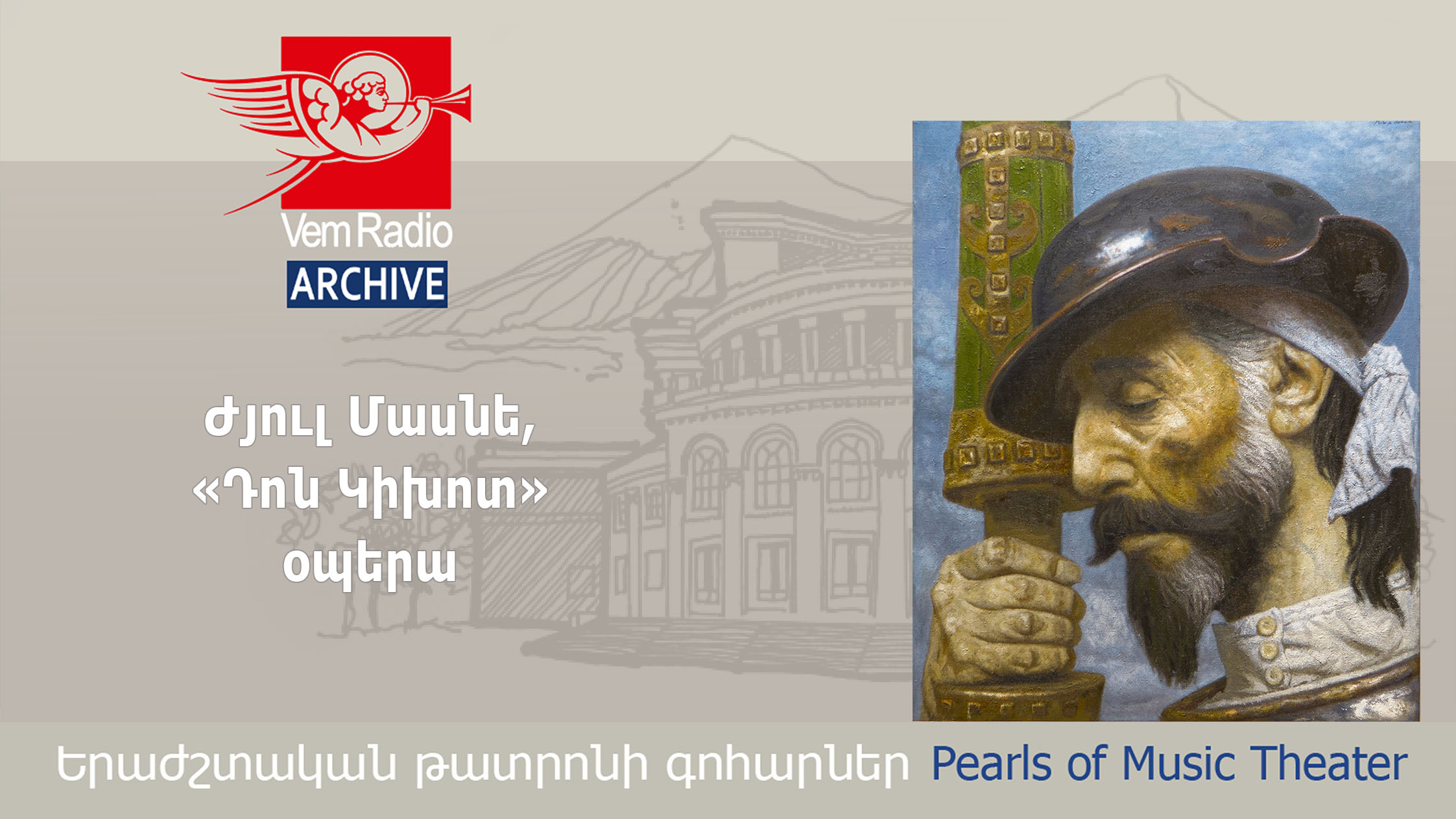
Jules Massenet, Don Quichotte
The source of inspiration for the French composer Massenet to write this opera was not the famous novel by Miguel de Cervantes but the play "The Knight of the Long Figure" by his contemporary French writer Jacques Le Lorrain. The libretto for the opera was written by Henri Caïn with whom Massenet had been collaborating since 1894. Massenet wrote the part of Don Quichotte especially for the Russian famous opera singer Feodor Chaliapin.
The opera was premiered on February 19, 1910, in Monte Carlo.
It consists of five acts.

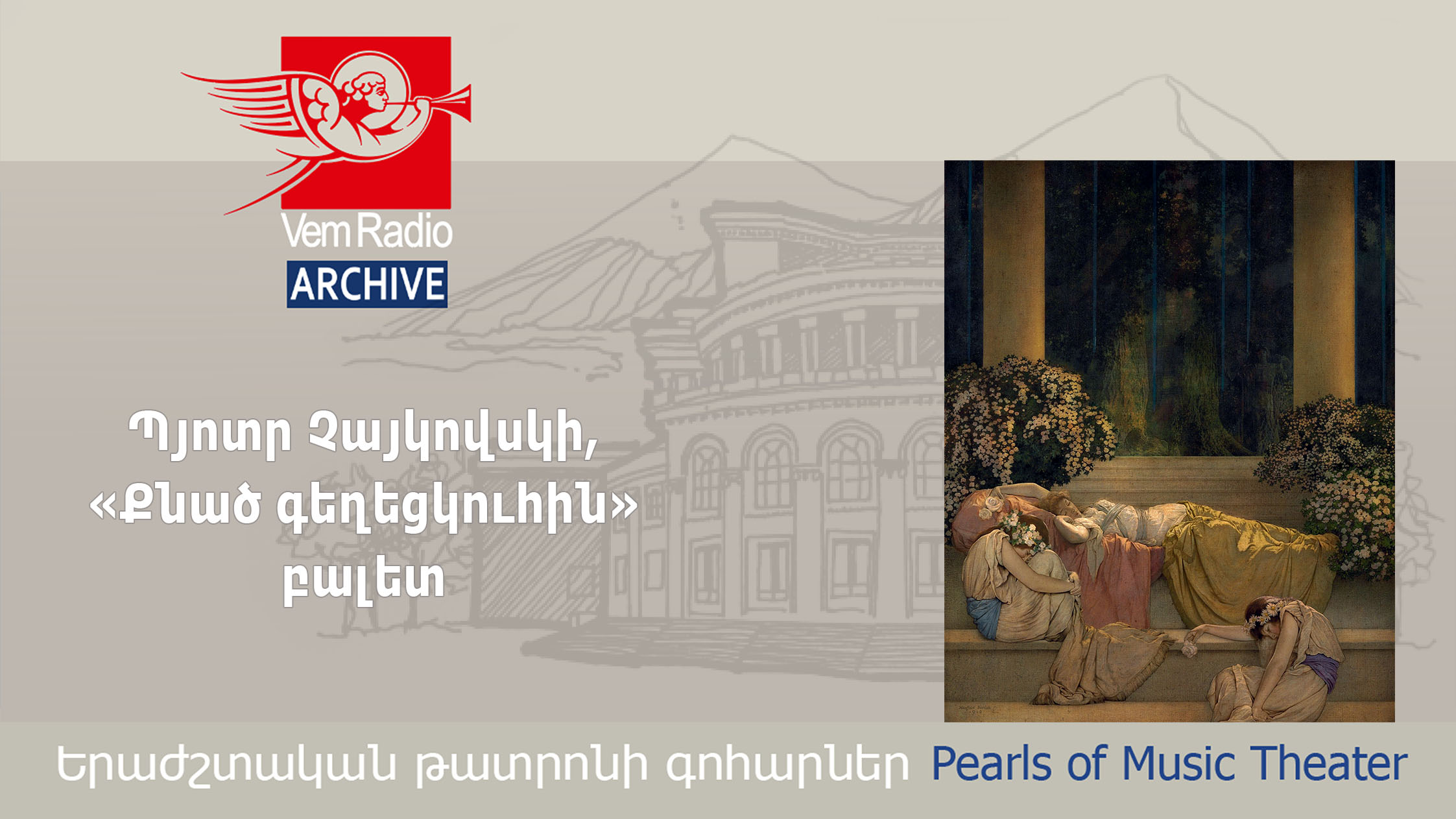
Pyotr Tchaikovsky, The Sleeping Beauty
The idea of creating a ballet on this subject was proposed by the Director of the Russian Imperial Theaters Ivan Vsevolozhsky. He created the libretto of the ballet together with the famous ballet master Marius Petipa. Vsevolozhsky used only the first part of Perrault's tale for the plot. He omitted the long part on the later fate of Aurora, Prince Désiré, and his evil stepmother. Vsevolozhsky and Petipa did not change the plot of the story. They just changed its style, turning the moral and instructive story into a magic and stunning performance.
The ballet was premiered on January 3, 1890, at the Mariinsky Theater in St. Petersburg.

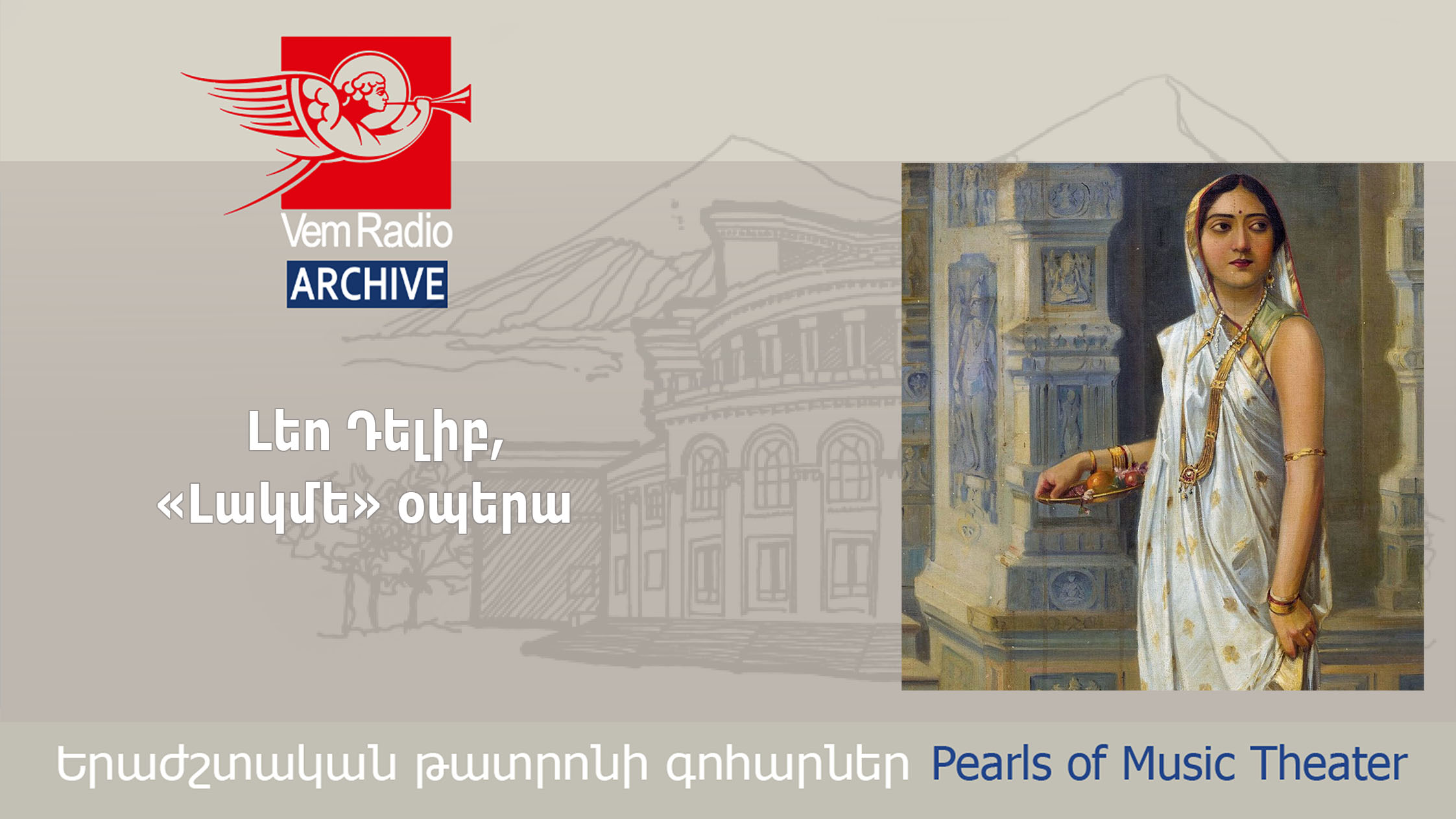
Léo Delibes, Lakmé
In 1881, the French composer Léo Delibes was commissioned by the management of Paris National Opéra-Comique Theater to write an opera on an Oriental theme. And he wrote Lakmé, which is based on Pierre Loti's novel “Loti's Mariage.” The authors of the French libretto are Edmond Gondinet and Philippe Gille.
The actions of the opera take place in the late 19th century India. Lakmé was premiered on April 14, 1883, at Opéra-Comique.

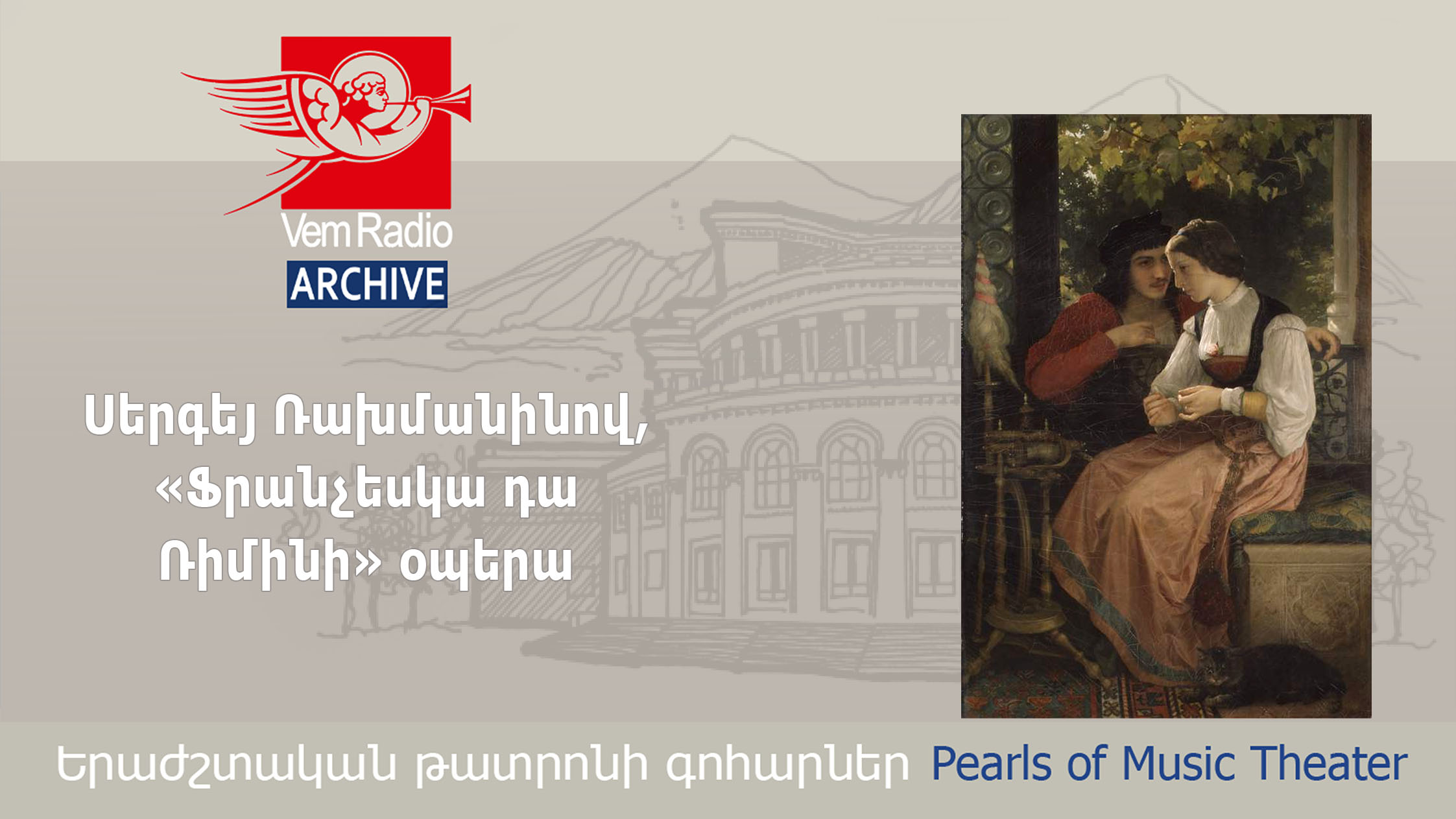
Sergei Rachmaninoff, Francesca da Rimini
This opera consists of one act, a prologue, and an epilogue.
The plot is based on the Fifth Canto of Dante Alighieri's “The Inferno” in “Divine Comedy.” The author of the libretto is Modest Tchaikovsky. Despite its beautiful music, the opera didn't become part of repertoires after its premiere in 1906. It was staged anew by conductor Mark Ermler at Moskow Bolshoi Theater in 1973.

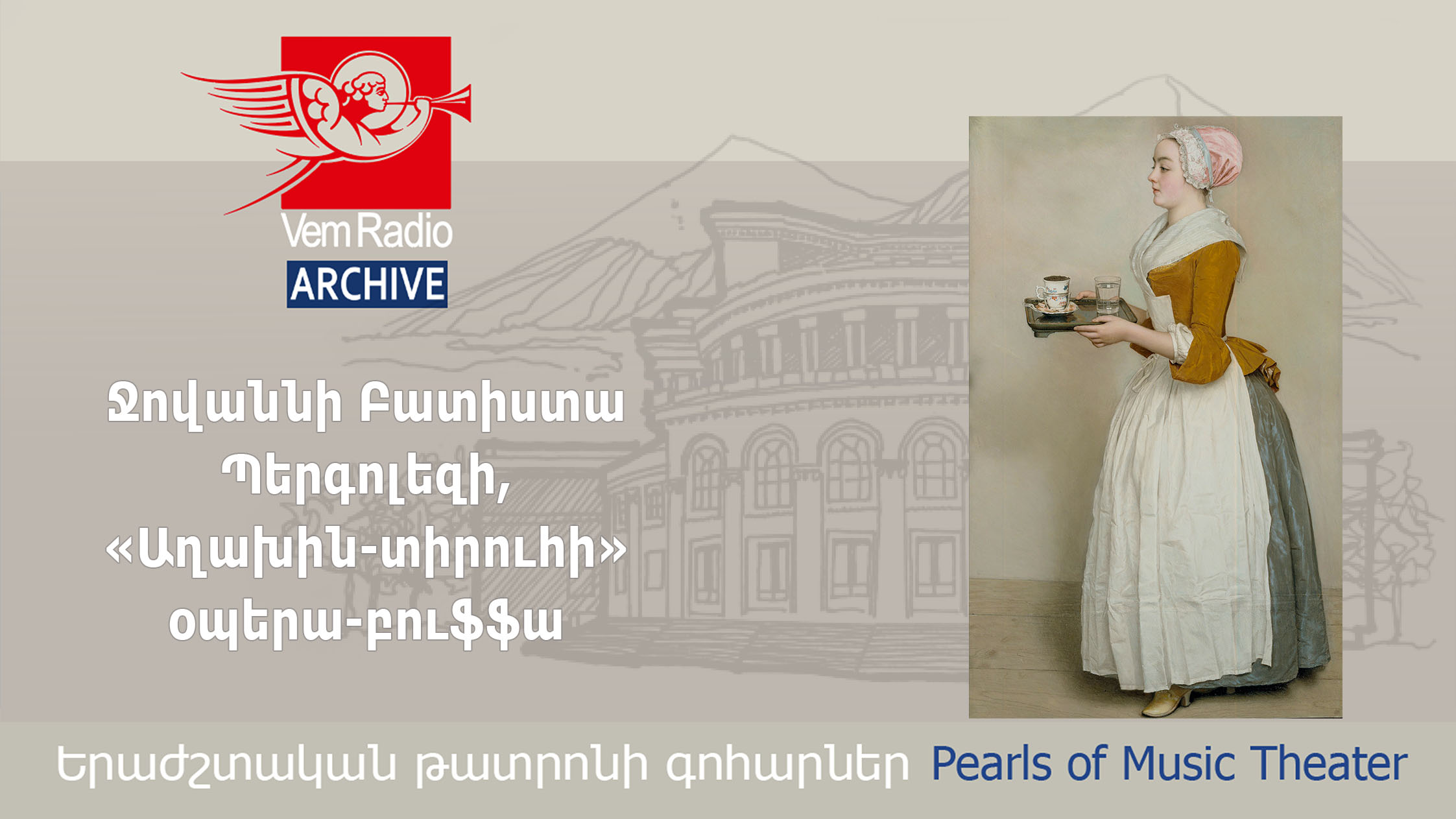
Giovanni Battista Pergolesi, La serva padrona
The Opera-buffa "La serva padrona" (The Servant Turned Mistress) is a short opera consisting of one act. It is based perhaps on the comedy of the same name by Jacopo Nelli. The author of the Italian libretto is Gennaro Federico.
Pergolesi wrote this opera as an intermezzo to the larger opera series "The Proud Prisoner" consisting of three acts.
The opera was premiered on August 28, 1733, at San Bartolomeo Theater in Naples.

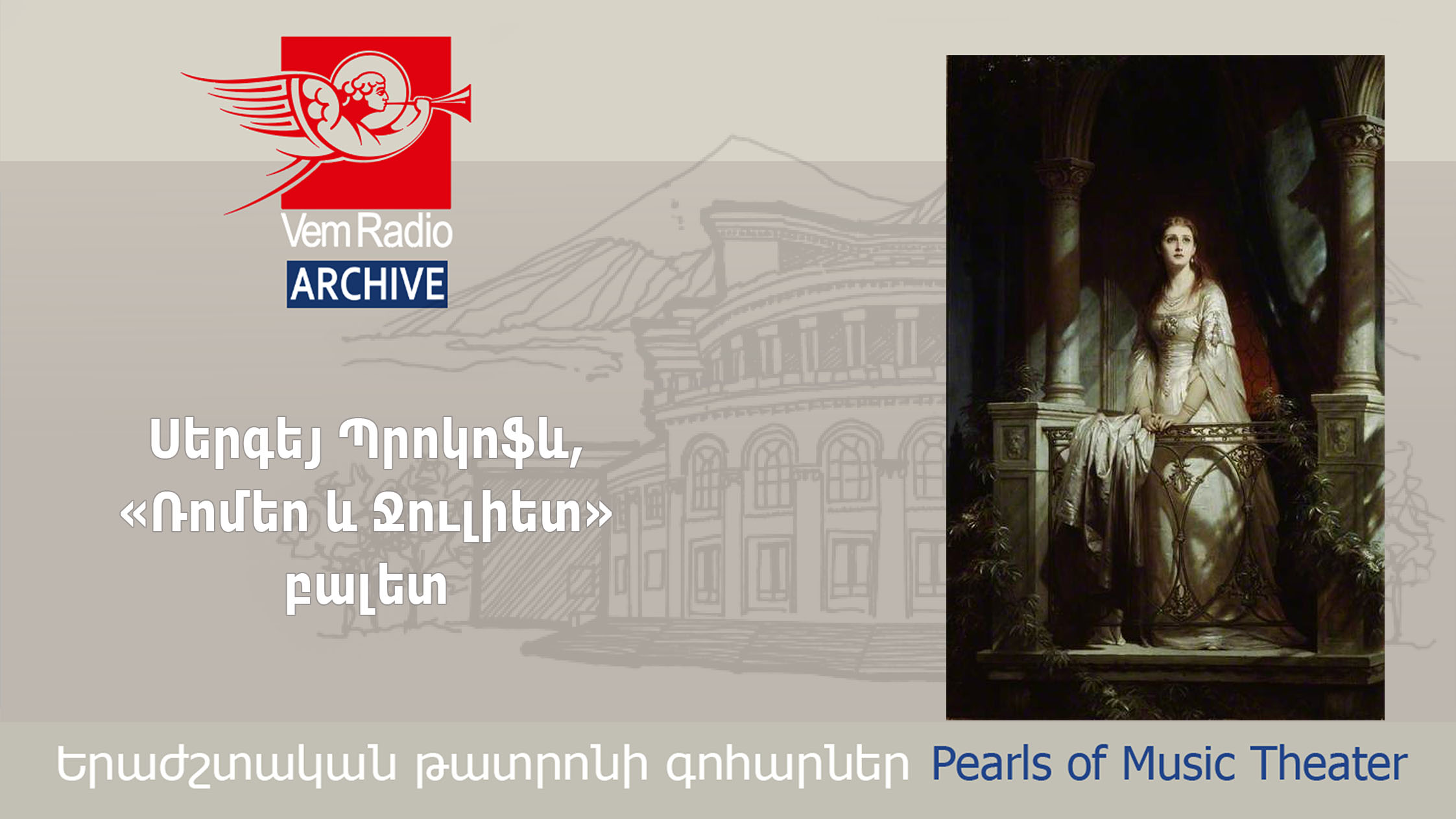
Sergei Prokofiev, Romeo and Juliet Ballet
In 1933, the famous Shakespearean scholar, artistic director of the Leningrad Theater of Opera and Ballet after Kirov (now Mariinsky) Sergei Radlov suggested Sergei Prokofiev to write music on the theme of Shakespeare's "Romeo and Juliet." The composer immediately started to write. Parallel with making the music, he, together with Radlov and the theater critic and playwright Adrian Piotrovsky, also created the libretto of the ballet.
The ballet "Romeo and Juliet" was premiered on December 30, 1938, in the Czech city of Brno. On the national scene, it was presented after overcoming many obstacles, on January 11, 1940.

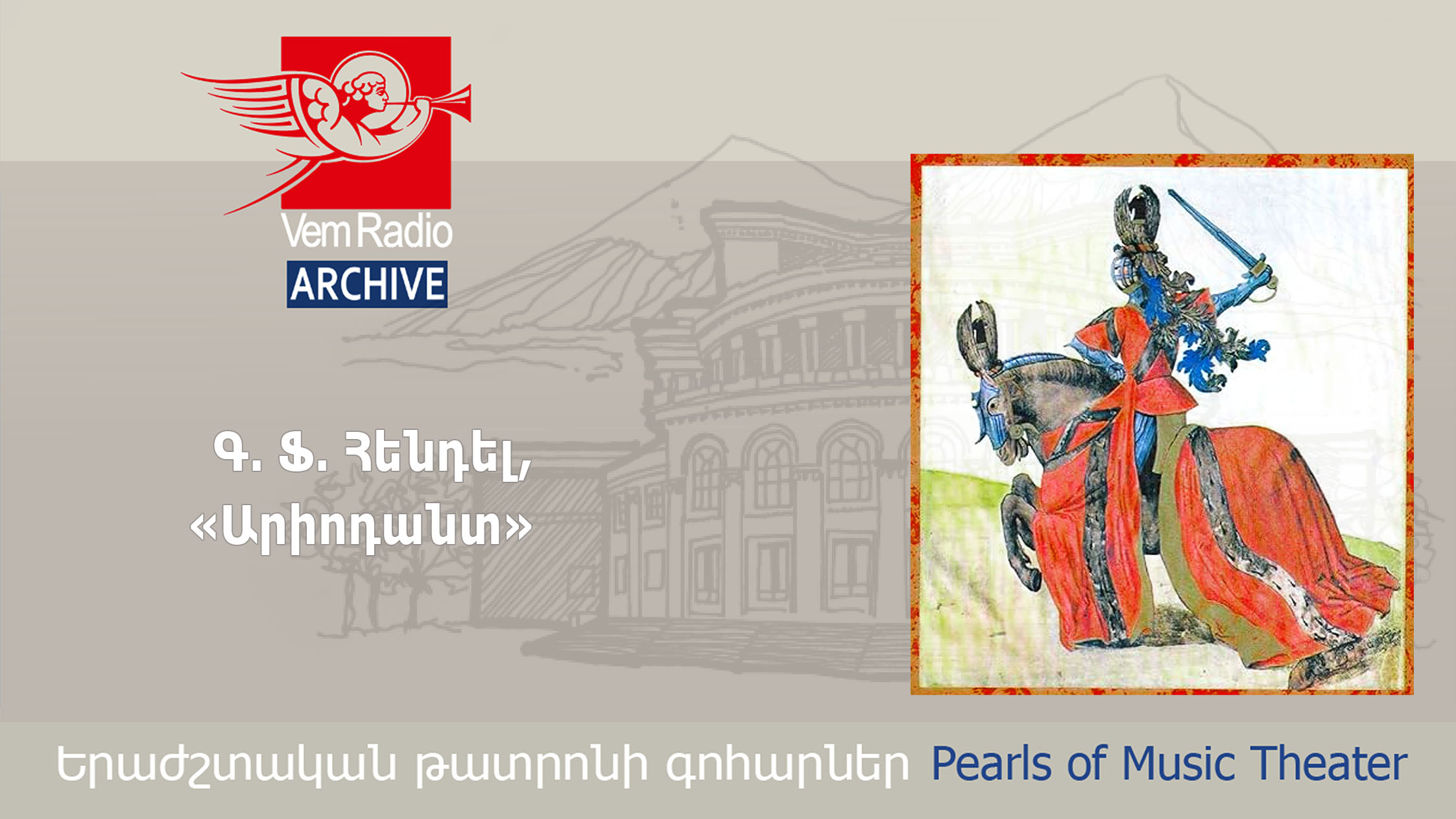
George Frederic Handel, Ariodante
It is not known who wrote the Italian libretto of this оpera; it is known only that it was based on a work by Antonio Salvi, which in turn is based on the heroic poem of Ludovico Ariosto “Orlando Furioso.”
Handel wrote about 40 operas during 36 years, starting with "Almira" and ending with "Deidamia."
Opera Ariodante was first staged in London, in the Covent Garden theater, on January 8, 1735. It was performed only 11 times. The lead singer was the then-famous castrato Giovanni Carestini.
Like other operas of Handel, Ariodante also had been forgotten for more than 200 years until it was staged again in 1971.